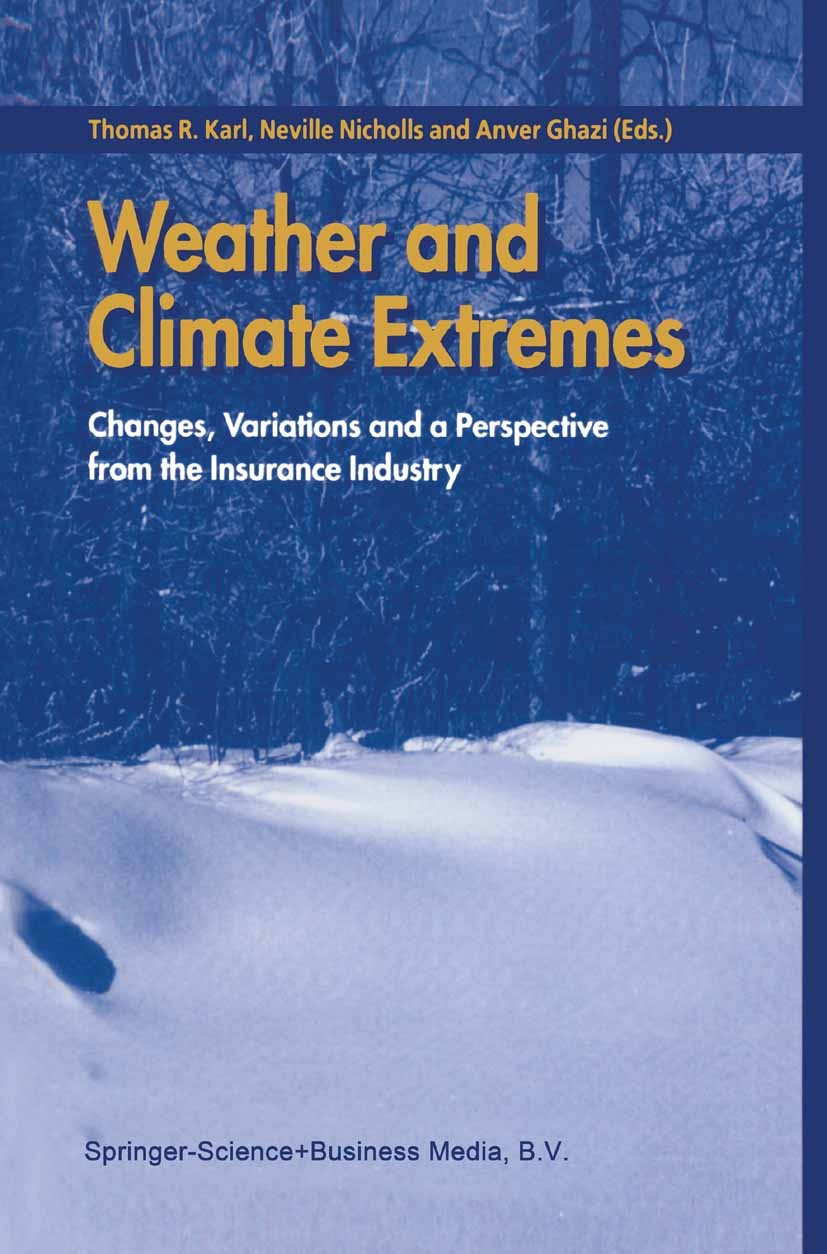Advancing global hindcast of extreme sea levels: Insights from a 65-year study
IF 6.9
1区 地球科学
Q1 METEOROLOGY & ATMOSPHERIC SCIENCES
引用次数: 0
Abstract
Extreme sea levels (ESLs) are a leading cause of coastal hazards. Assessing risks and associated impacts requires reliable ESL statistics. These are typically derived from long but sparsely available tide-gauge records or through records obtained from long hindcasts. Here we present a 65-year global hindcast of hourly total sea levels that dynamically includes contributions from storm surges, tides, changes in water density (or baroclinicity) and their interactions. Evaluation shows good agreement between modelled and available observed sea levels, including extremes driven by extratropical and tropical cyclones. Significant improvements over other simulations result from our efforts in addressing underestimated reanalysis winds and incorporating baroclinicity, both of which have been overlooked in other global studies. The improvements can translate into reductions of return periods for given critical levels by decades. We therefore provide improved global estimates of ESL. In a first step toward developing seasonal forecast of flood risk, we also quantified ENSO-induced ESL modulations. The modulations show coherent spatial variabilities, consistent with ENSO-induced changes in the atmosphere and ocean. We also highlight the relevance of the often-overlooked neutral phase in regions where both El Niño and La Niña may suppress sea level variabilities.
推进全球极端海平面的后估:来自65年研究的见解
极端海平面(esl)是沿海灾害的主要原因。评估风险和相关影响需要可靠的ESL统计数据。这些数据通常来自长期但很少得到的验潮记录,或来自长期后验的记录。在这里,我们提出了65年全球每小时总海平面的动态后报,其中包括风暴潮、潮汐、水密度变化(或斜压性)及其相互作用的贡献。评估结果表明,模拟的海平面与现有观测到的海平面,包括由温带和热带气旋驱动的极端海平面,有很好的一致性。与其他模拟相比,我们在解决被低估的再分析风和纳入斜压性方面的努力取得了重大进展,这两者在其他全球研究中都被忽视了。这些改进可以转化为将给定临界水平的回归期缩短数十年。因此,我们提供了改进的全球ESL估计。在开发洪水风险季节性预报的第一步,我们还量化了enso诱导的ESL调制。这些调制显示出连贯的空间变异性,与enso引起的大气和海洋变化一致。我们还强调了El Niño和La Niña可能抑制海平面变化的地区经常被忽视的中性阶段的相关性。
本文章由计算机程序翻译,如有差异,请以英文原文为准。
求助全文
约1分钟内获得全文
求助全文
来源期刊

Weather and Climate Extremes
Earth and Planetary Sciences-Atmospheric Science
CiteScore
11.00
自引率
7.50%
发文量
102
审稿时长
33 weeks
期刊介绍:
Weather and Climate Extremes
Target Audience:
Academics
Decision makers
International development agencies
Non-governmental organizations (NGOs)
Civil society
Focus Areas:
Research in weather and climate extremes
Monitoring and early warning systems
Assessment of vulnerability and impacts
Developing and implementing intervention policies
Effective risk management and adaptation practices
Engagement of local communities in adopting coping strategies
Information and communication strategies tailored to local and regional needs and circumstances
 求助内容:
求助内容: 应助结果提醒方式:
应助结果提醒方式:


